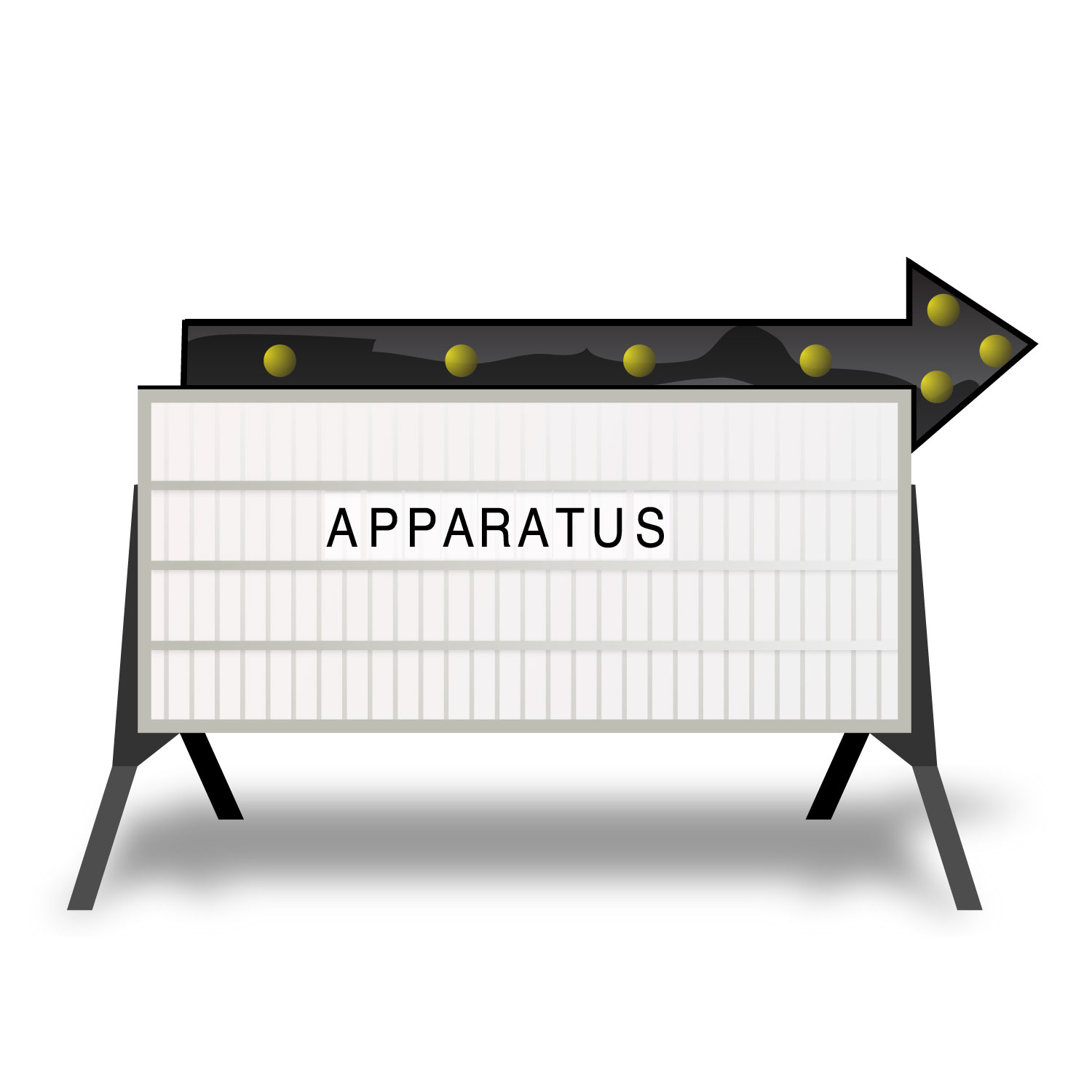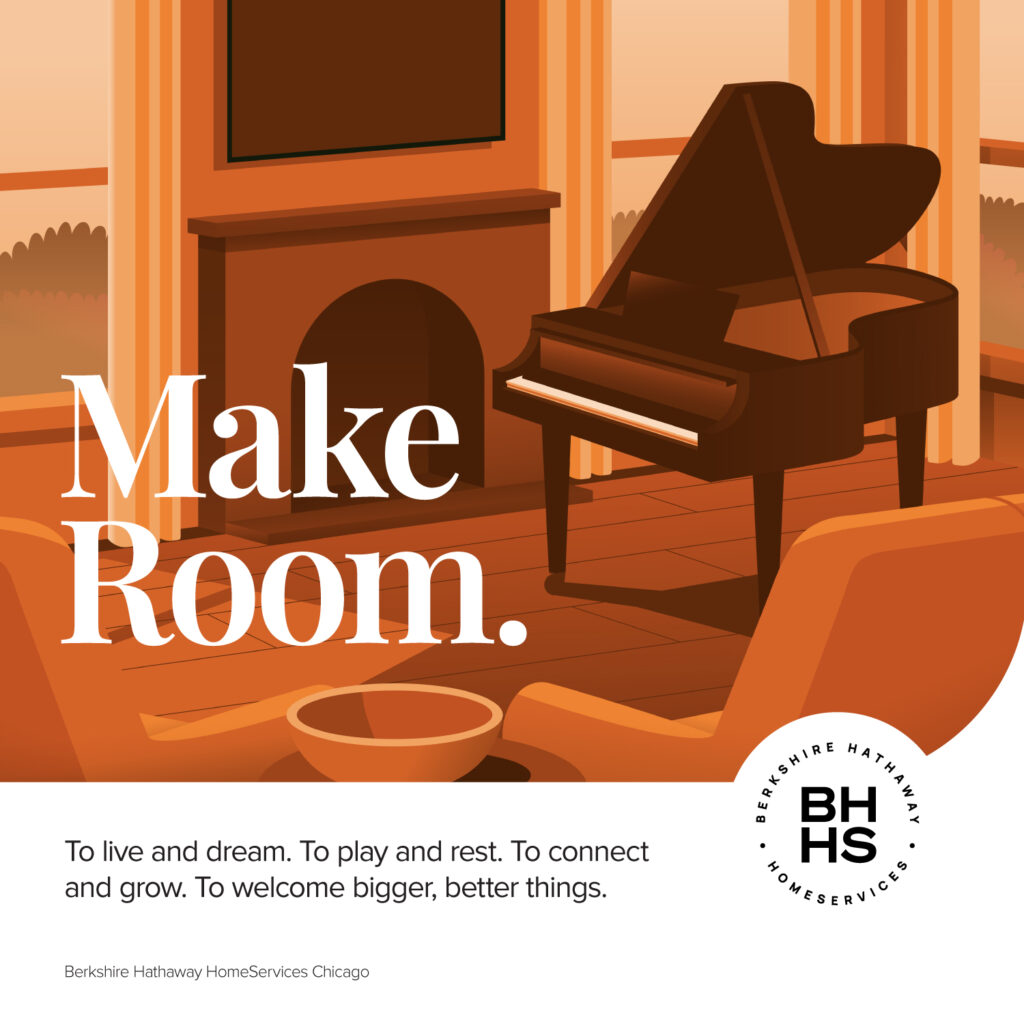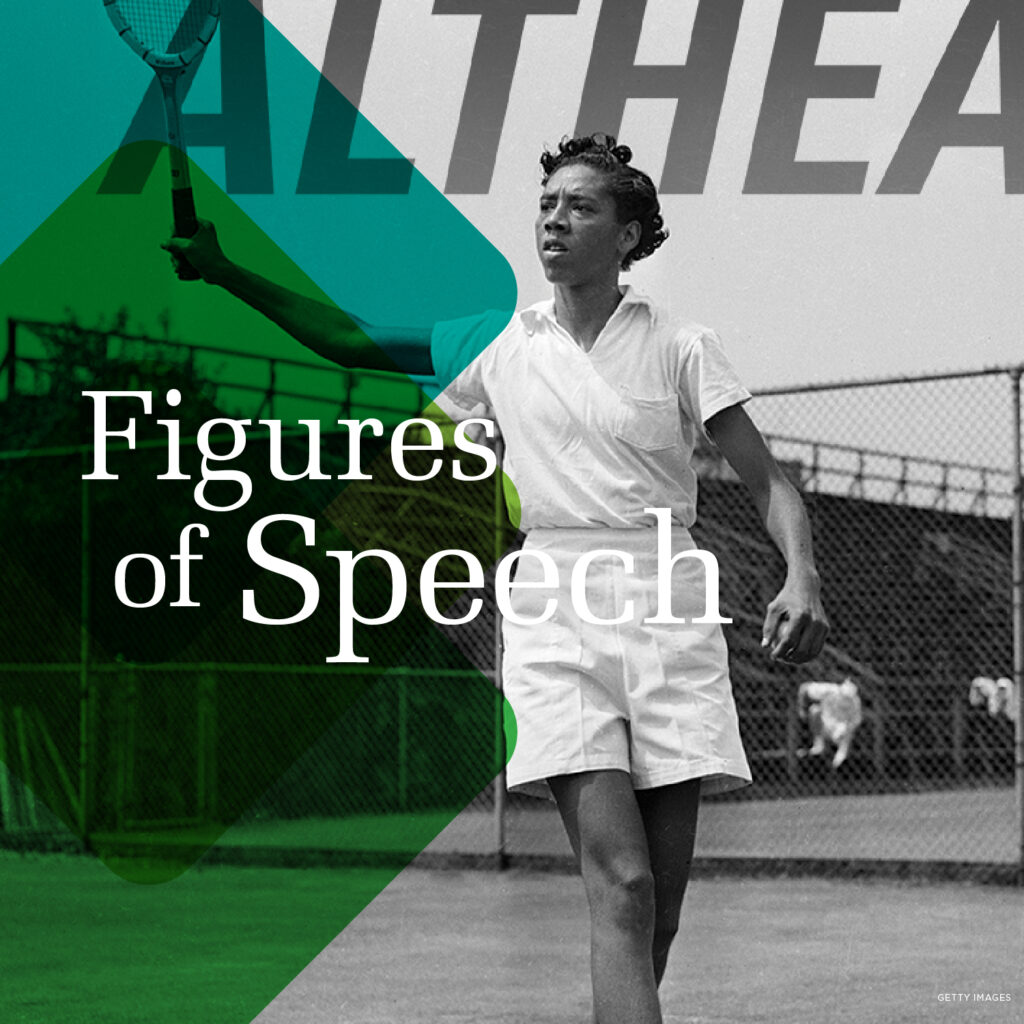2008-9 Lycée Français de Chicago Artist-in-Residence Program: Lightyears ahead of #vanlife

 As an unintended consequence of the pandemic, the role of the recreation vehicle has become central to the conversation about life in America, and values related to independent thinking, minimalism, adventure and bucking the status quo.
As an unintended consequence of the pandemic, the role of the recreation vehicle has become central to the conversation about life in America, and values related to independent thinking, minimalism, adventure and bucking the status quo.
But back in 2008, the prescience of an artist keenly observing our culture imagined how a vintage Airstream might become a veritable stage for considering the circumstances of our times for students at Lycée Français de Chicago.
We had the good fortune to work with artist Beate Gütschow to bring Caravan of Thoughts to life in a project within the school’s Artist-in-Residence program, which was cofounded by Otherwise principal Nancy Lerner. Working from a vintage Airstream that stood in a corner of the school parking lot for 6 months, Gütschow presented the students with a new way of thinking about the world and their place in it.
Beate Gütschow is best known for her contemporary digital photography. Her digitally produced panoramic landscapes and cityscapes were exhibited in Chicago at the Museum of Contemporary Photography, and her work has been shown widely in prominent museums and galleries in the US, Germany, Norway, The Netherlands, England, Russia and Spain.
For the Lycée, Beate proposed an interactive installation piece, creating a unique discussion space for the students using a repurposed Airstream, that was acquired from a used RV dealer in southern Indiana. The camper’s interior was redesigned to create a comfortable lounge for students to have in-depth and small group discussions on 99 topics that the artist chose, which were displayed inside the school. A road sign with changeable letters sat outside the entrance to the Caravan, where the students would post the topic they were pondering. The proposed topics were meant to be accessible and suitable for a variety of ages, inspiring critical thinking, collaboration, and debate for students from kindergarten through high school. Teachers and other adults were not permitted to enter the Caravan, as a way to enhance its presence as a safe space for students to meet, talk and share their experiences through texts, illustrations, photographs and videos.
When the project ended, the Airstream was sold and artifacts from the students’ ruminations were put in the school archive. It wasn’t important to leave an enormous footprint or tell a grand story; what mattered was the way that art functioned as a potent process of inquiry, enabling the students to study the visual culture of everyday surroundings and its relationship to other places, other disciplines and other issues within society at large.








